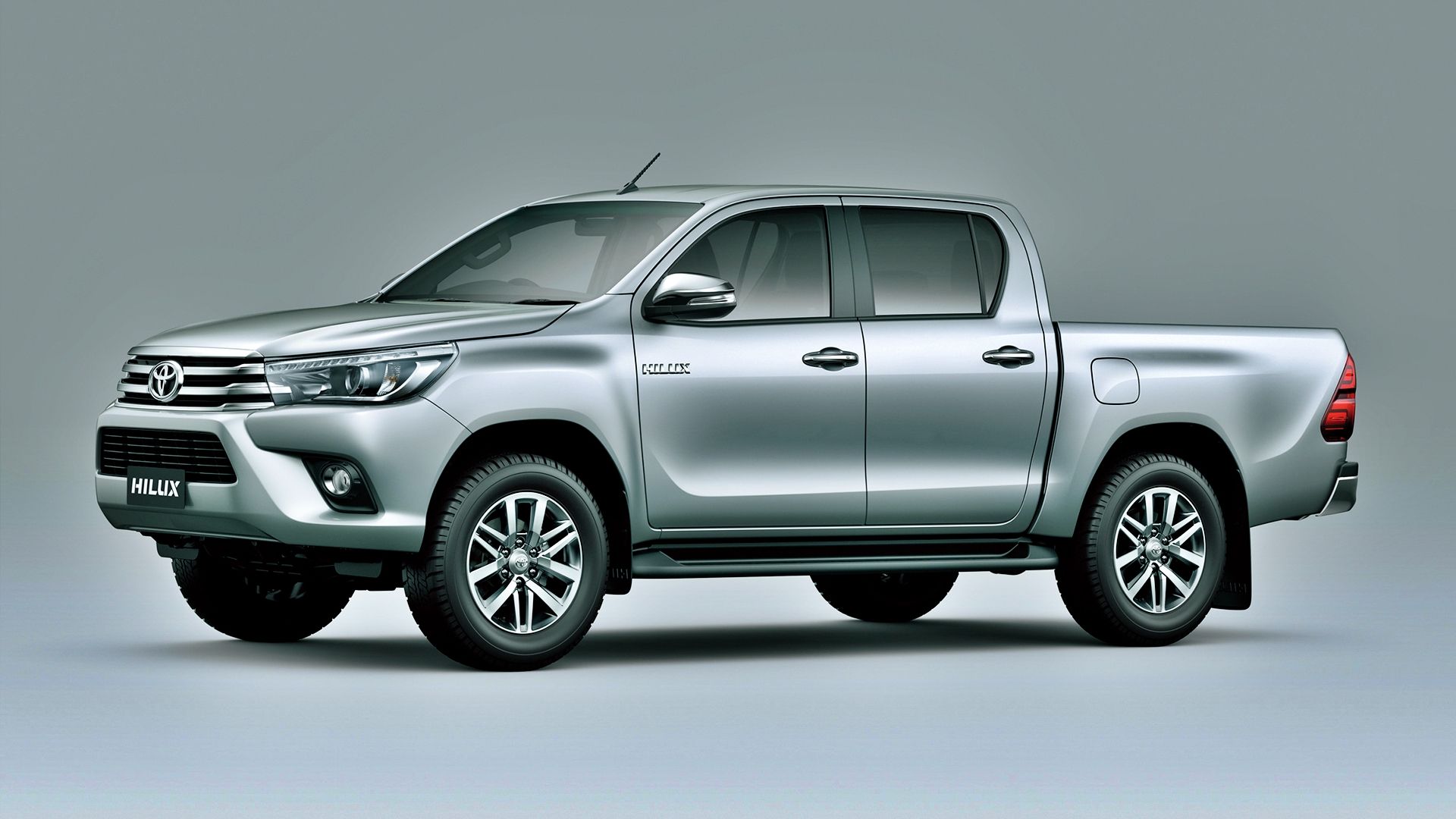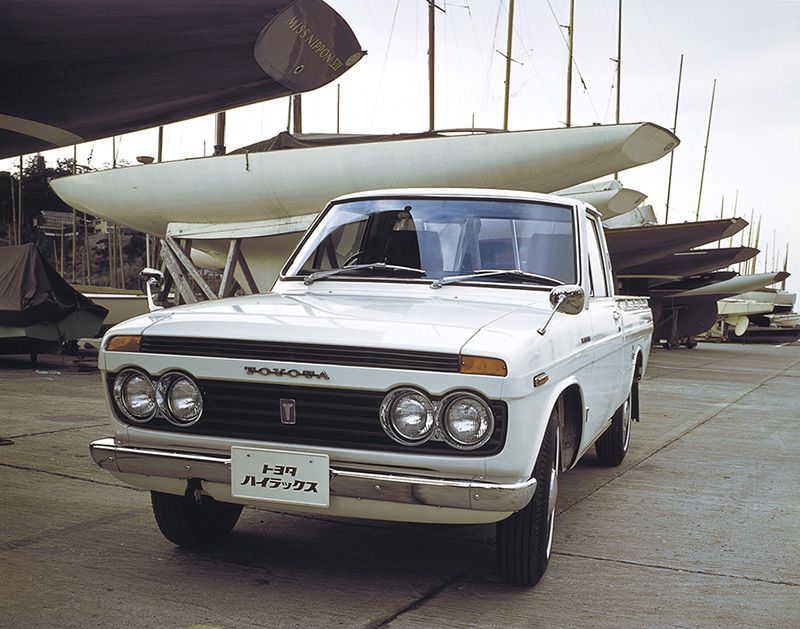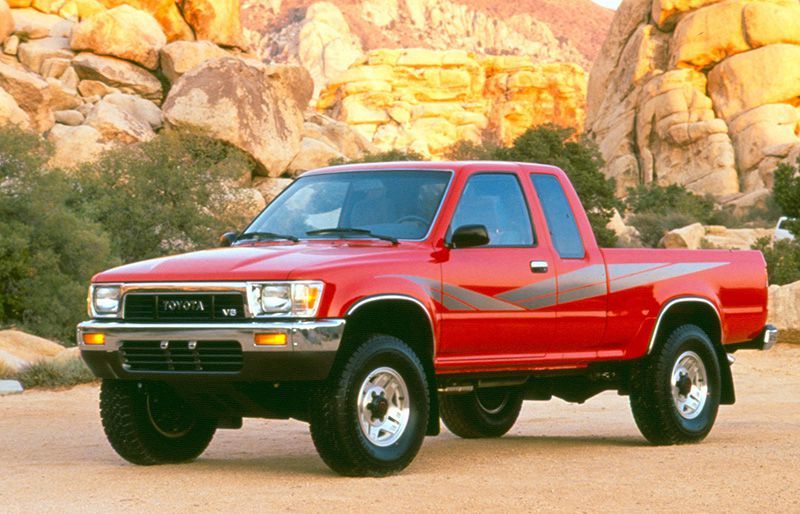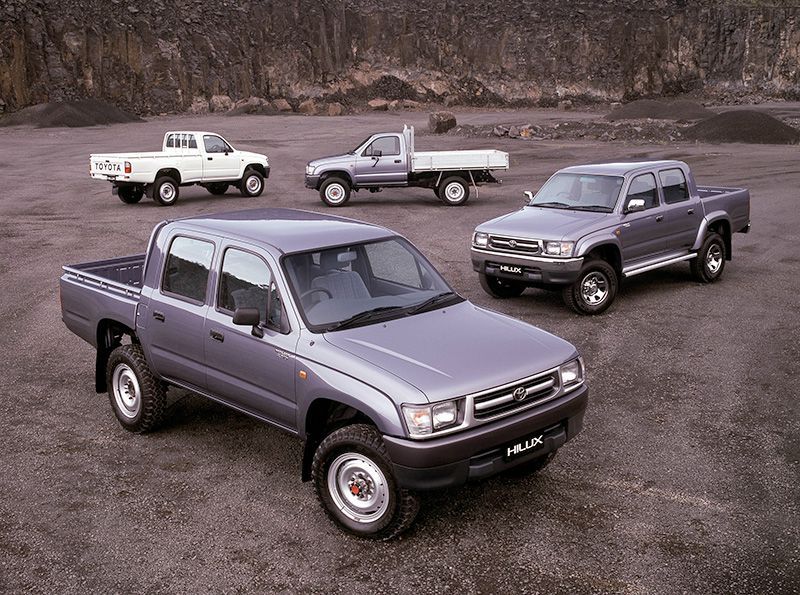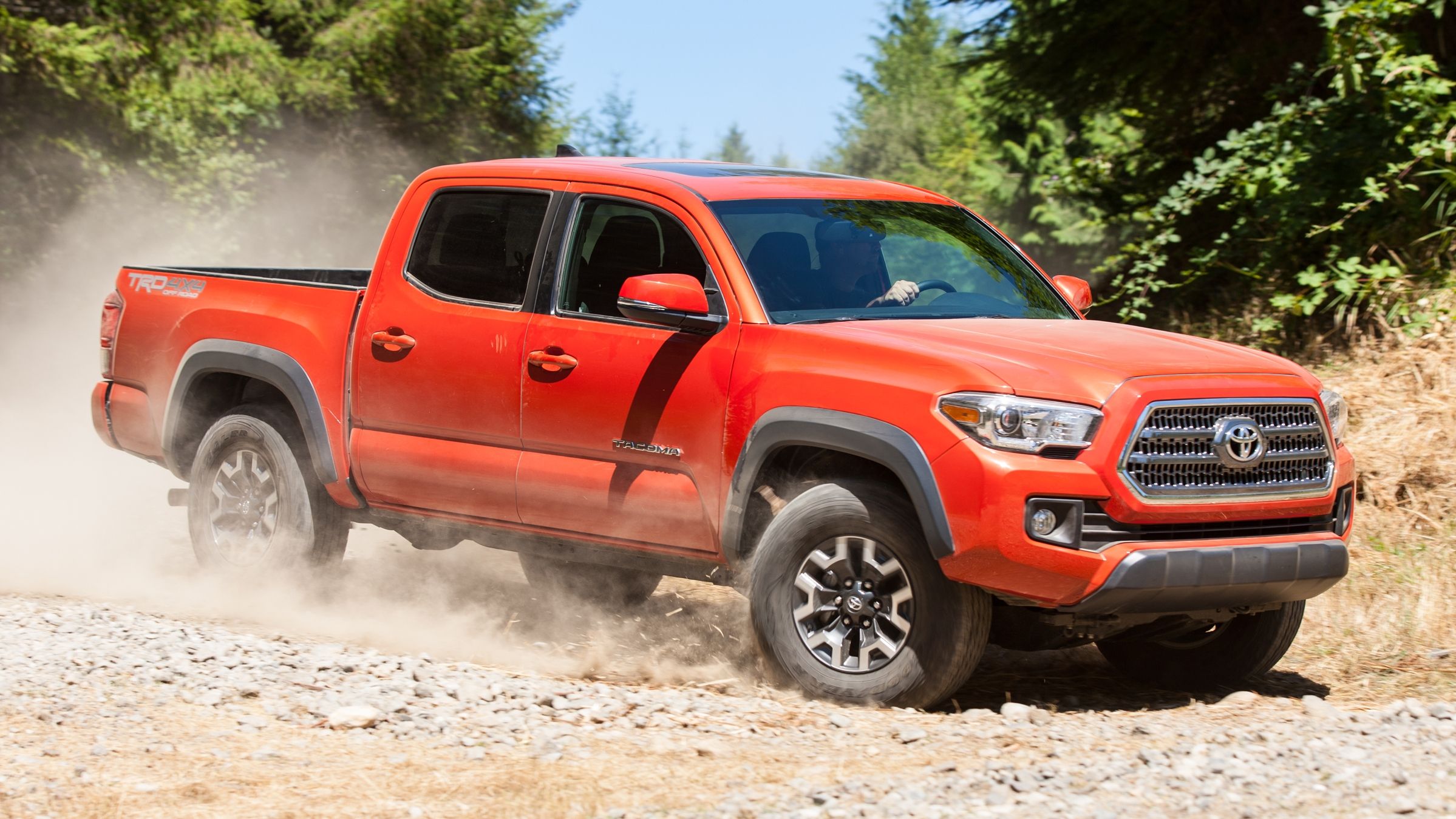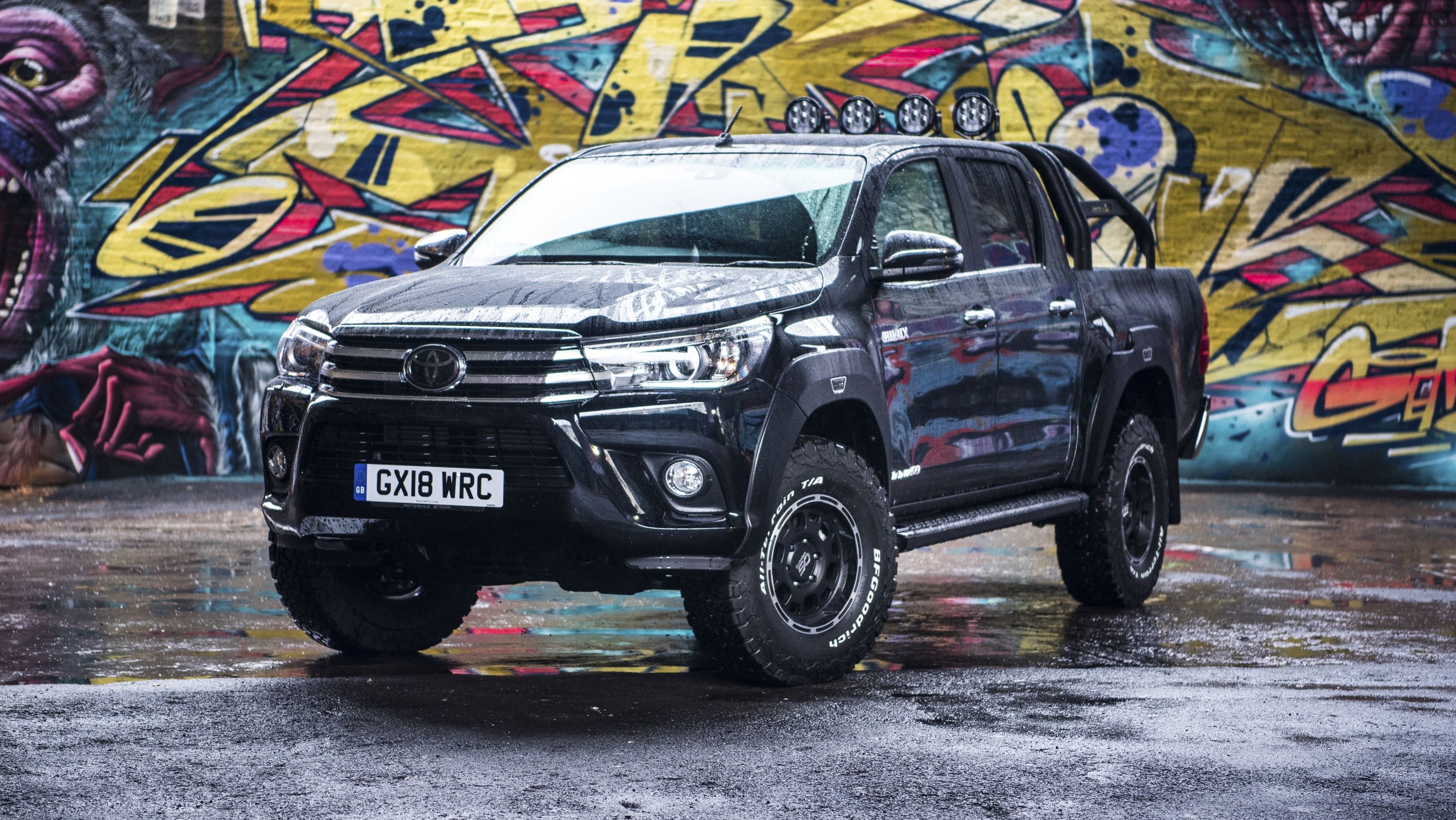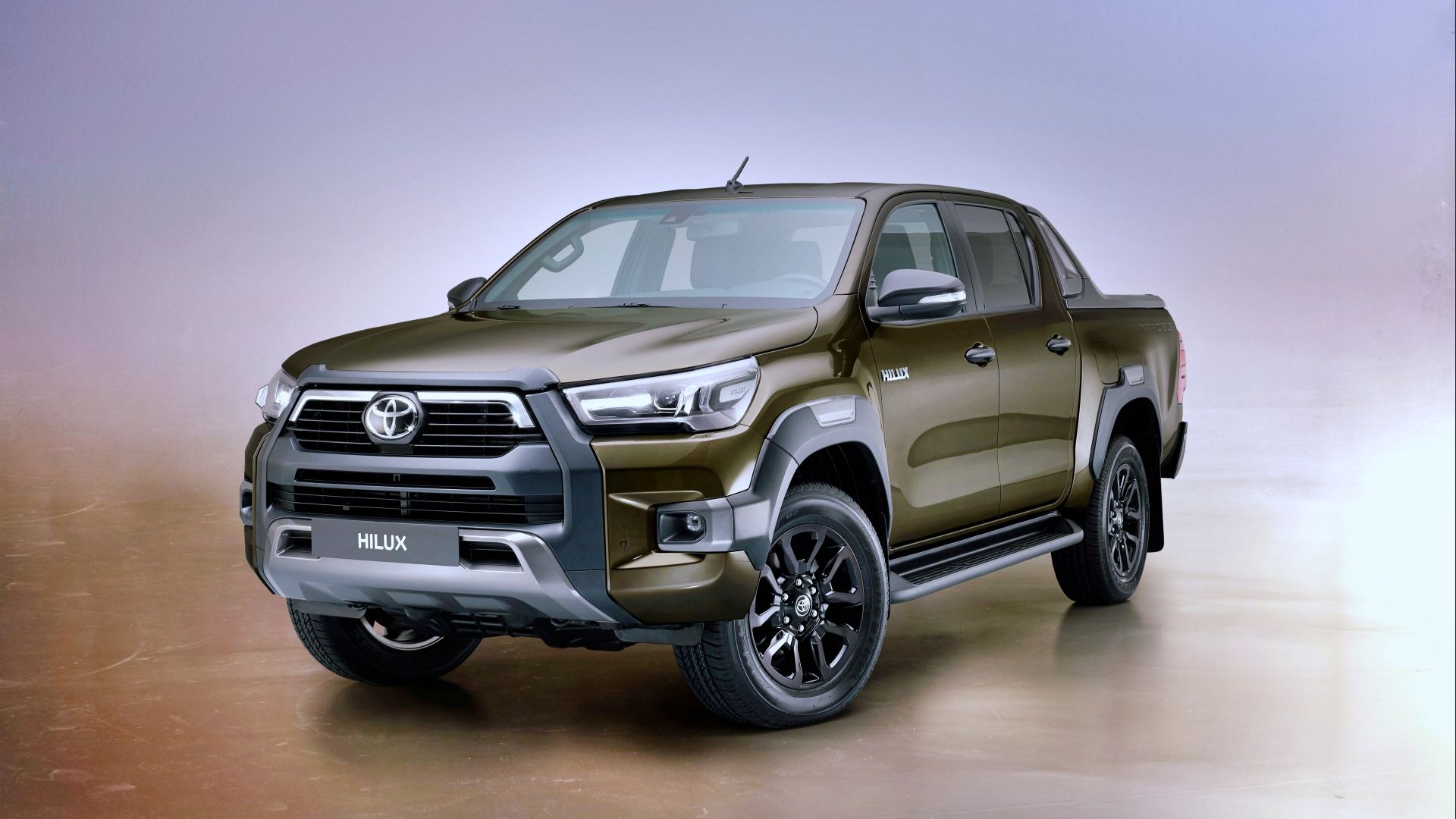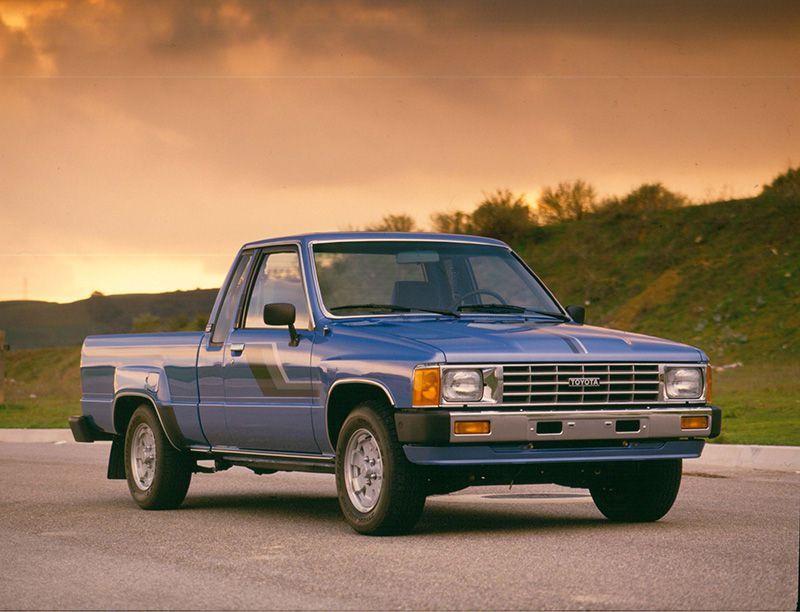Not all iconic models are high-performance vehicles and nothing says that clearer than the Toyota Hilux. The rugged Japanese pick-up truck has been around since 1968 and since then it has been a reliable workhorse across the world. Except for most of North America. While the Mexican market can enjoy this rugged hauler, Canada, and the U.S. do not have the privilege. There are many reasons why certain markets can be deprived of a model, and while there are many theories about it, here’s the real reason why the Toyota Hilux is not available in the U.S.
Where It All Started
The first-generation Toyota Hilux came out in 1968, but it arrived in North America in 1972 for its second generation. By doing so, the Hilux replaced the Toyota Stout half-ton truck, which was the first Toyota pick-up truck sold in North America. The Hilux was always meant to be a versatile pick-up truck and apparently, it was good enough to be dubbed the 1976 Truck or Pickup truck in the North American market.
The Definition Of Invincible
The Hilux has always been the dependable workhorse Toyota wanted it to be, so much so that one of the trim levels is named “Invincible”. After eight generations, the Hilux still abides by the same philosophy of simplicity and ruggedness. If you remember the Clarkson, Hammond, and May era of Top Gear, you would recall that in 2007, Jeremy Clarkson brought a 1988 Toyota Hilux to the show and put it through a series of punishing tests in an attempt to destroy it. The truck with 190,000 miles (305,775 km) on the odometer was crashed, drowned, set on fire, and in the end put on the roof of a building scheduled for demolition, but even that couldn’t kill it.
When And Why The Hilux Left North America
The Hilux was a good seller from day one, and it became more successful as time went by and newer generations arrived. It was the preferred choice for work fleets, particularly so in the 1990s when it was also sold under its alternative name, Toyota Pickup. Despite that, in 1995, the truck withdrew from the North American market and there are a couple of reasons for that.
The Chicken Tax
The Chicken Tax was a tool of the U.S. protectionism policy, which was devised back in 1963. It was implemented by President, Lyndon B. Johnson and was originally applied to potato starch, dextrin, and brandy. It was an answer to France and West Germany’s taxation on the importation of U.S. chicken. Eventually, it expanded to light trucks, manufactured outside the US, and since the Toyota Hilux was always produced in Japan, it was subjected to the Chicken Tax. The 25-percent import tariff was approximately 10 times the normal tariff at the time and it made the Japanese pick-up truck so expensive that it could no longer compete with the locally-build, American trucks from Dodge, Chevrolet, Ford, and even AMC.
The World Got The Hilux, North America Gets Tacom
In 1995, just as the Hilux left North America, Toyota introduced a model better suited for the U.S. market. The Toyota Tacoma was a slightly longer and wider replacement for the Hilux with a similar aesthetic. The Tacoma is currently in its third generation and like the Hilux, it has always been a versatile and dependable workhorse. Initially, it was offered with regular, extended, and crew cab variants, but later models dropped the single cab due to weak demand.
Moreover, later generations of the Toyota Hilux came with a variety of engines, most of which were diesel. Light trucks equipped with diesel engines were never popular with American buyers, so the Tacoma came exclusively with gas-powered engines. The most desired versions are those powered by the 1GR-FE 4.0-liter V-6 or the third-generation models powered by the newer, 2GT-FKS 3.5-liter V-6, which makes 278 horsepower (202 kilowatts) and 265 pound-feet (359 Nm). Meanwhile, the 4.0-liter V-6 is still on offer in the eight-generation Hilux.
Emissions And Safety
Many also believe that the U.S. emissions and safety requirements are another reason why the Toyota Hilux is no longer available to American buyers. The U.S. Federal Motor Vehicle Safety Standards (FMVSS) are considered to be strict when it comes to evaluating a vehicle’s design, construction, durability, and performance. It’s also worth noting that in 2016, the eighth-generation failed miserably at the Moose test, almost rolling over at just 37 mph (approx. 60 km/h). This is almost as bad as the seventh-generation Hilux, which in 2007 also failed the Moose test getting even closer to a rollover.
The Toyota Hilux Is Still Available in Mexico
While the Toyota Tacoma focused on appealing to the US and Canadian markets, the Hilux’s presence was limited to Mexico. As reported by Mexico Now in 2018, Toyota made sure the Hilux stayed relevant in America’s southern neighbor, by adapting its diesel engines to work with the type of diesel fuel commercialized for Mexico. While it is believed that the Mexican fuel quality is lower than that in the U.S, 60 percent of Mexico’s fuel is actually imported from the United States. Nevertheless, the eight-generation Toyota Hilux remains available in Mexico while being off-limits to the rest of North America.
You Can Buy A Toyota Hilux In The U.S. After All
If you really want a Hilux and you are based in the U.S, there are pre-1995 examples of the light pick-up truck available on the used market. Autotrader has a bunch of ads for these and the cheapest one starts at $9,000, for a 1982 model. Your other best bet is to import a Hilux from abroad, under the 25 years' rule, but it will probably cost you more than it’s worth. Nevertheless, models like the Ford Maverick and Hyundai Santa Cruz prove that light lifestyle pick-up trucks are becoming popular once more, which may prompt the Hilux’s return to the U.S. as a more rugged proposition.

